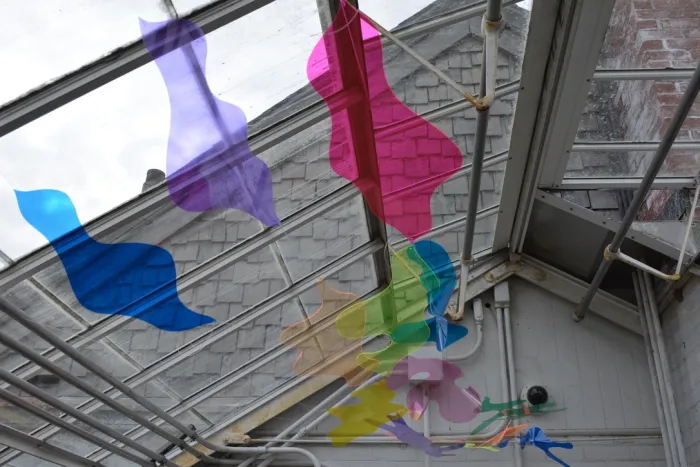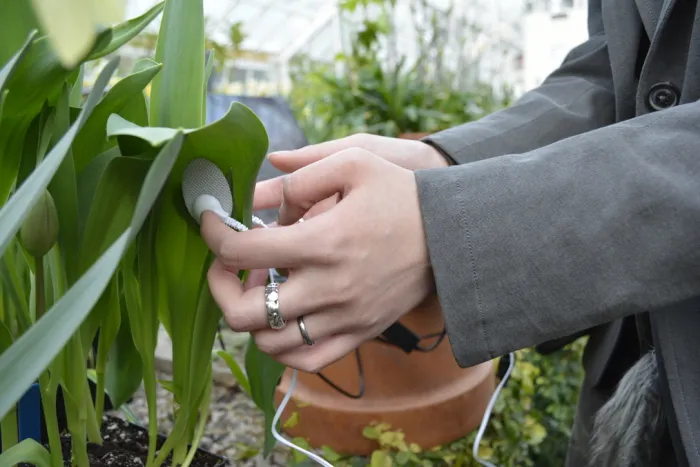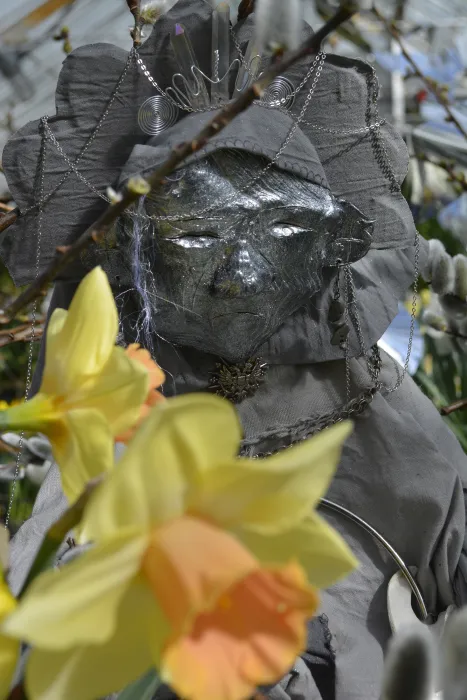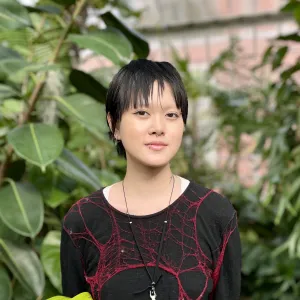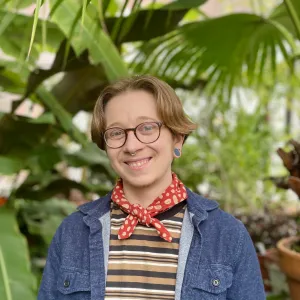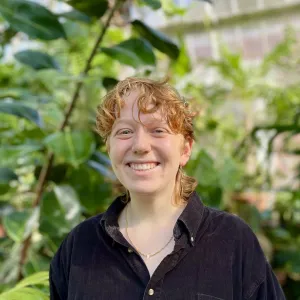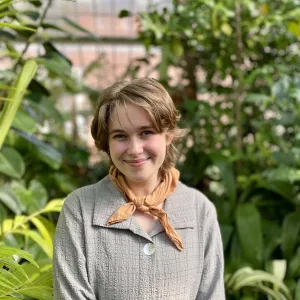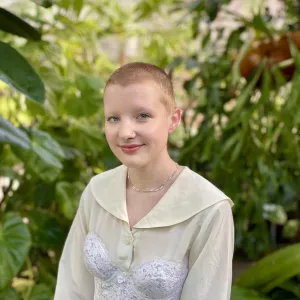Botanical Imagination
An Installation Commissioned for the 2024 Spring Bulb Show
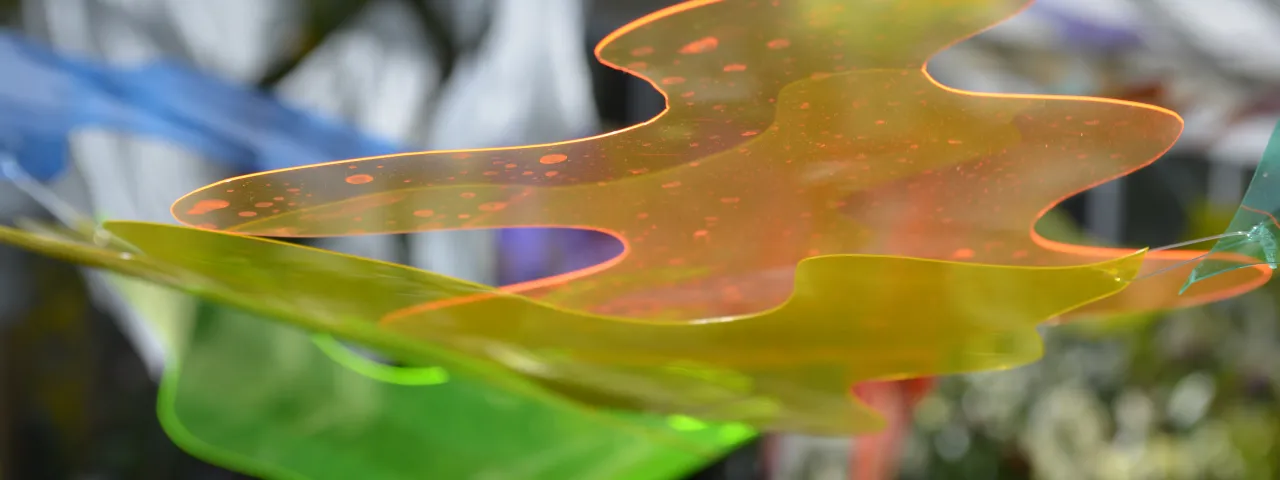
The Spring Bulb Show has historically been designed around a central artistic concept. In the spirit of reinvention and innovation, and in line with our mission to “facilitate collaboration” and encourage and “[train] students to be informed and impactful change agents,” we have initiated a new approach to this long-standing tradition. With the support of Lynne Yamamoto, Jessie Wells Post Professor of Art, we reimagined this artistic element to support and showcase student artwork by commissioning original artwork. This year’s installation, Botanical Imagination, was created by five student artists: Dan Dao ’24, Avery Maltz AC ’25, Yasmine/Yaz Porath ’24, Celosía Rae Tilghman ’24 and Finn Walsh ’25J.
The prompt was inspired by the concurrently running exhibit on Sylvia Plath and asked the artists to reflect on, interpret and respond to the concept, botanical imagination. These themes offer narratives which when contextualized in conversation with the mass of flowering bulbs, aim to deepen and expand the viewer's experience.
Botanical Imagination includes four unique sculptural components and one audio component which was created using recordings of plant-generated electronic signals and which can be accessed via QR code and listened to on a smartphone.
